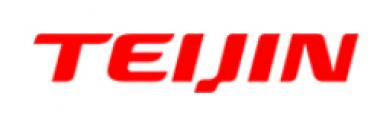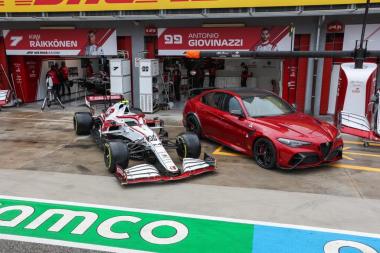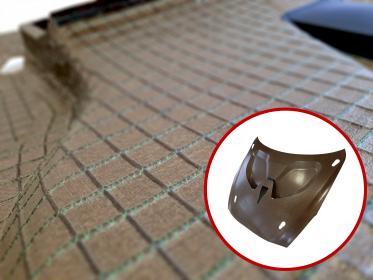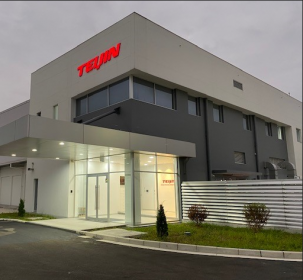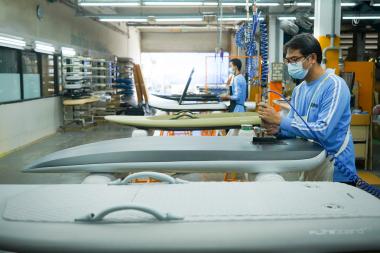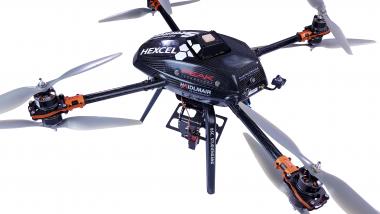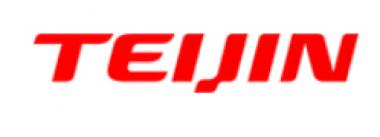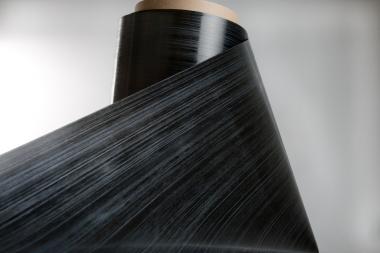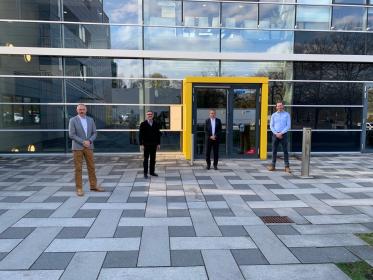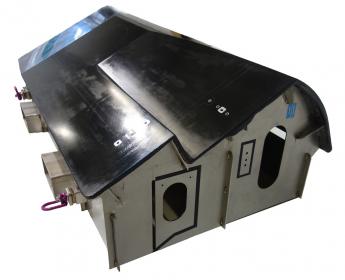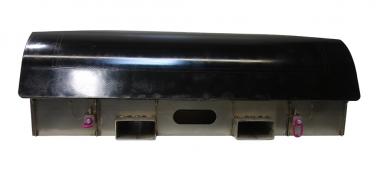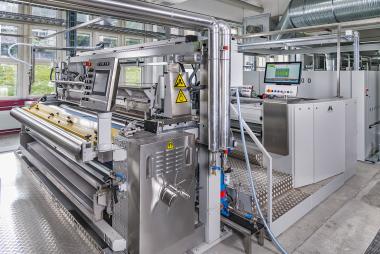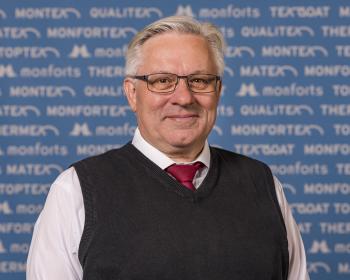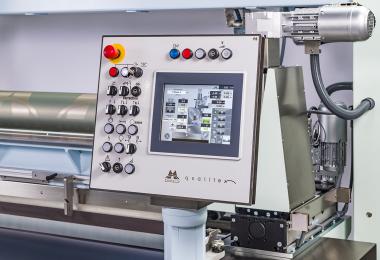SGL Carbon: Q3 2021 confirms encouraging upward trend
- Sales increase 8.8% to €743.5 million compared to the same period of the previous year
- EBITDApre improves by 59.1% to €108.5 million
- Despite burdens from higher raw material and energy prices, stable revenue and earnings expected for Q4 2021
Following consolidated sales of €241.5 million in Q1 2021 and €255.2 million in Q2 2021, Q3 2021 confirms SGL Carbon's encouraging sales performance with €246.8 million. Due to increasing demand from almost all market segments, Group sales increased to a total of €743.5 million in the first nine months of the fiscal year (9M 2020: €683.5 million). This corresponds to an increase of 8.8% compared to the same period of the previous year.
Almost all business units contributed to the positive sales development. As largest business unit with a 44.7% share of Group sales, Graphite Solutions (GS) contributed €332.7 million to Group sales in the first nine months of 2021 (9M 2020: €308.0 million). The sales increase of 8.0% is based in particular on the positive development of the important market segments Semiconductor & LED as well as Automotive & Transportation. The business units Carbon Fibers and Composite Solutions contributed €244.7 million (9M 2020: €223.4 million) and €92.1 million (9M 2020: €60.7 million), respectively, to Group sales and benefited primarily from increased demand from the automotive industry. Compared to the previous year, sales increased by 9.5% in Carbon Fibers and by 51.7% in Composite Solutions. Only the Process Technology business unit, with sales down 4.9% to €62.1 million, was not yet able to participate in the general economic upward trend.
See the attached document for more infomation.
SGL CARBON SE











